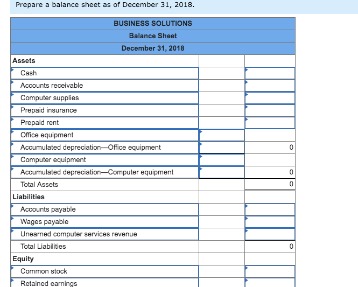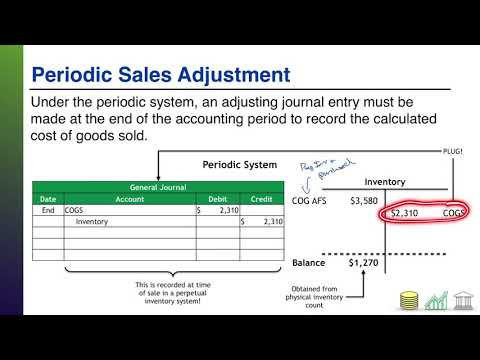When defects occur, the company is obligated to reimburse the customer or repair the product. For many products, companies can predict the number of defects based on experience. The debit is to Warranty Expense and the credit to Estimated Warranty Payable (or Liability). A warranty represents a promise from a seller regarding the condition of its products. When accounting for warranties, companies must create a provision. This provision estimates warranty claims for an accounting period.
- Practically, this amount may be higher or lower than the provision created for warranty claims.
- In this adjusting entry, the change in the expense is not recorded in the period of the sale.
- In any period in which a repair must be made, the expense is recognized as incurred because revenue from this warranty contract is also being reported.
- When warranty work is done, the manufacturer debits Warranty Liability for the actual cost and will credit Parts Inventory, Wages Payable, etc.
What are the journal entries if you are refurbishing the returned water bottles? I assume you need to value the returned water bottle before it is fixed, then capitalize the labor/materials that are required to get the bottle back to the appropriate condition. I would guess that valuing a broken product is not easy to do…..
When should a product warranty liability be recorded?
When we buy different products, there is a whole back science going on in our minds. Product design, specifications, durability, Accounting For Product Warranties reliability, color, utility, space management, and God knows what. Welcome to Viewpoint, the new platform that replaces Inform.

First, calculate the number of units the company believes will need to be replaced under warranty. Do not confuse standard warranties with extended warranties https://kelleysbookkeeping.com/double-declining-balance-method-of-deprecitiation/ that consumers purchase for an additional fee. The extended warranties purchased separately do not relate to the functionality or intended use of the asset.
How Does An Entity Accounts For Different Kinds Of Warranties?
Many vendors go for an extended warranty to ensure that their customers are satisfied. In other words, the warranty of merchantability means that the product will fulfill the buyer’s intended purpose. The implied warranty of merchantability applies to new as well as used products.

If the defective product needs to be repaired or refunded, the cost incurred reduces the liability account. To illustrate, assume that a retail store sells ten thousand refrigerators during Year One for $400 cash each. The product is covered by a warranty that extends until the end of Year Three.
